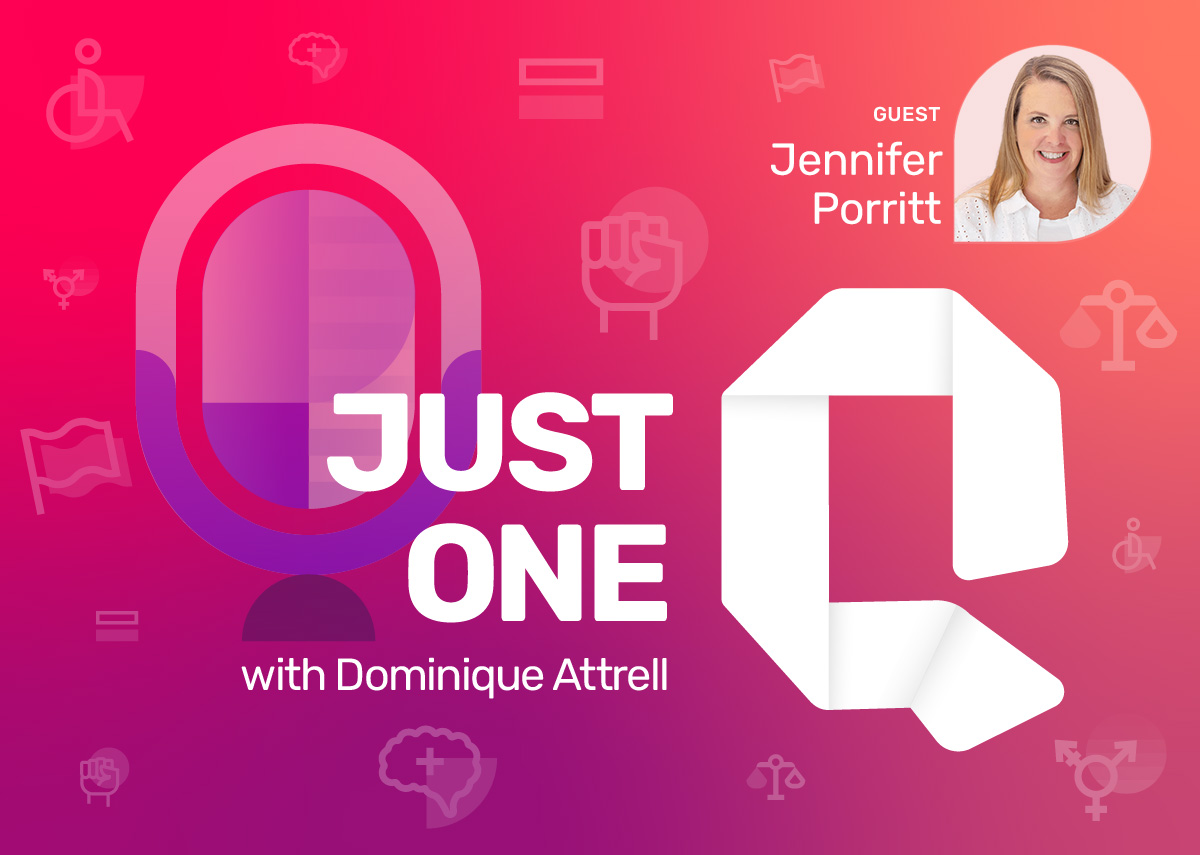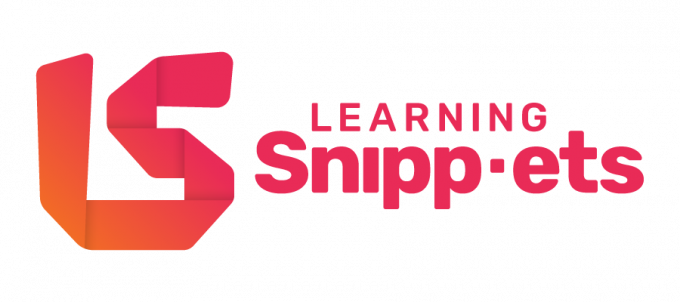
Want to get the best from your team? It starts with understanding them as individuals – what motivates them, their challenges, and aspirations.
Move beyond task-focused check-ins and use one-on-one meetings to truly connect. Ask about their strengths, roadblocks, and values. However, gathering information is only half the battle. Leaders must act on what they learn, creating plans and setting clear expectations. Failing to do so risks undermining trust and hindering team development.
That’s a big question. And it really, I would say, boils down to a couple things. First off is understanding your people, understanding your team members, knowing what motivates them, what keeps them up at night, what is a challenge for them, what’s an opportunity for them. Really getting in and understanding them, doing a sort of a deep dive.
Everybody on a team has their own skills and their own strengths. And so, the more that you can tap into that and really get to know them as human beings, as individual contributors, all part of this greater thing we call a team, the better chance you have to set them up for success. So that means doing a lot of things, like having check in meetings.
And by check in meetings, I don’t mean just focusing on the work that needs to be done. Oftentimes I find leaders, they get into these roles, especially if they’re newer to leadership, and they think, “Well, I think a right practice is to have a one on one meeting.” And that’s great, but often what I find happens is the agenda gets overtaken by the to dos.
You know, what are we working on this week? What are we working on next month? What are our KPIs? And it’s all business based, and we lose sight of Oh, yes. And it’s this individual who’s doing this work with me. So really using those one on one opportunities as a way of getting to know people.
You know, what keeps them motivated? What do they see as their strengths? What’s been a real roadblock for them in the last week, the last month? Sort of addressing some of those barriers as well. Really, I think is a great opportunity to tap into that strength. And that, in fact, will then help people perform in a way that’s more aligned with not only what drives them, but also at a deeper level, understanding what they value as well, which is really at the core, I think, of strong leadership is getting to that value level.
I think the stay interview is a great phrase because a lot of people are probably familiar with the idea of an exit interview, right?
When you go to leave an organization, often – mostly it’s somebody internal, usually in an HR role – will ask you to do an exit interview. And in that interview, they’ll ask you a whole bunch of questions about, why you’re leaving, what were the issues, what are you going towards? And that’s all great, but the challenge is you’re already there.
Doing that when they’re out the door and really there’s nothing you can do with that information except perhaps inform the next person you bring on your team. So I like to think of stay interviews as really just an opportunity for a leader to really check in either casually or more formally in sort of a one on one type of situation to really get at what’s at the heart of what’s driving this person right now. And, where also would be really good opportunities for them moving forward.
So it’s not just addressing sort of the needs in the short term, but also looking ahead and then really thinking through, okay, then how as a leader, can I support them either with that next project, that next step, that next role, perhaps, depending on the organization. So that people feel like you’re paying attention and that you’re invested, not only in the work that they’re doing now, but who they want to become in the work. It’s a really great and effective tool.
I think the pitfall you could run into as a leader is if you gather all that information and then you don’t do anything with it. Right? Or, even worse, you gather the information, and people identify what their obstacles are, and you do nothing to help them overcome them.
So it’s not just listening and asking curious questions, but it’s having a plan in place for what you’re going to do with it, and being really clear with the individual about what’s possible and maybe what’s not. And I think the more clear you can be with people, that’s very good at level setting, and setting expectations as well.
Jenn has been immersed in human resources and training for more than 25 years and she’s committed to helping leaders evolve and grow to support successful organizations.
She holds a master’s certificate in organizational development and change from the Schulich School of Business and professional designations in both human resources (CHRL) and training & development (CTDP). She also holds coaching certifications from Brené Brown’s Dare to Lead, Team Coaching International, EQ in Action, Everything DiSC Workplace, Crucial Conversations, and Five Behaviours of Team Development.
Jenn’s career started in HR at the University of Wilfred Laurier in Waterloo, Ontario, then she moved to PriceWaterhouseCooper where she learned, tested, implemented, planned and oversaw hundreds of tools, trainings, courses, assessments, and management interventions. She has empowered more than 5,000 individuals and led more than 475 trainings.
Jenn is also the Subject Matter Expert for two of Dialectic’s new Learning Snippets programs: Leadership 101 and Collaboration 101. These are scenario-based microlearning programs that are designed to equip leaders and team members with proven tools and strategies.
Dialectic helps organizations improve the way people work, learn, and collaborate through person-centred design and the latest in social science.

Does your team struggle with learning new soft skills?
Use our app or upload Snippets to your LMS to build better habits in minutes with scenario-based microlearning.
© 2025 Dialectic. All rights reserved. | Contact Us | Privacy Policy | Terms of Use | AODA Statement
See how easy it is to activate soft skills in your organization. Soft skills training on 3 key topics: DEI, Leadership, and Collaboration.